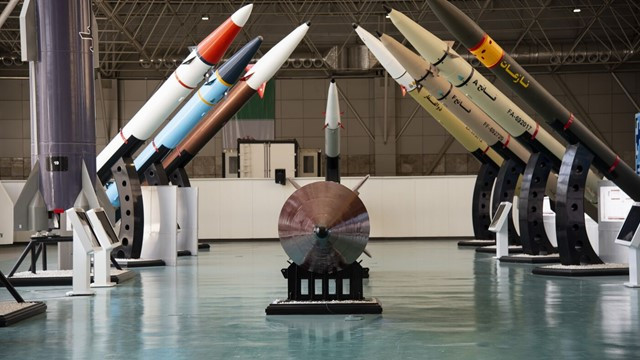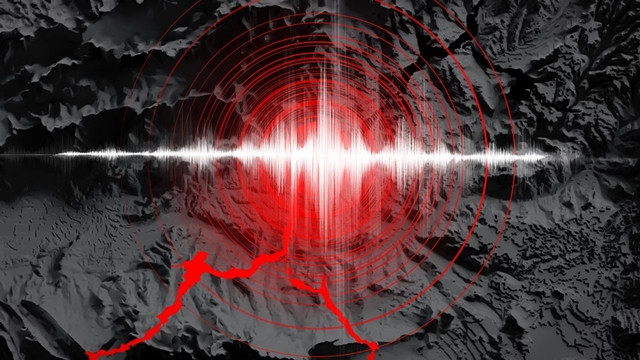১ পৌষ ১৪৩২
Scientists Discover 'Super-Earth' Beyond Solar System: Hope for Life
27 July 2025 20:07 PM
NEWS DESK
In a groundbreaking discovery that's reshaping our view of the cosmos, astronomers have pinpointed a remarkably dense system of five rocky planets circling a diminutive, cool star known as L 98-59.
What makes this finding particularly thrilling is the confirmation of a 'super-Earth' comfortably situated within the star's habitable zone, a region where conditions could potentially allow for liquid water.
A compact system with a habitable promise
This extraordinary planetary system, a mere 35 light-years from Earth, serves as a natural laboratory for scientists eager to unravel the mysteries of planet formation and the essential ingredients for life beyond our solar system. The initial detection of three planets (L 98-59 b, c, and d) was made possible by NASA's Transiting Exoplanet Survey Satellite (TESS), which meticulously observes subtle dips in a star's brightness caused by orbiting planets.
Unlocking secrets with NASA's TESS and JWST
Further in-depth analysis, meticulously combining data from TESS with high-precision observations from powerful ground-based instruments, led to the exciting confirmation of a fourth planet (L 98-59 e) and, most notably, a fifth planet, L 98-59 f. This newly confirmed super-Earth, estimated to be nearly three times the mass of our own planet, receives a similar amount of energy from its host star as Earth does from the Sun, placing it firmly within the zone where liquid water, a cornerstone of life as we know it, could theoretically exist.
The L 98-59 system showcases an astonishing diversity of planetary compositions. From the diminutive L 98-59 b, which is smaller than Earth, to the intriguing possibilities of L 98-59 c and d being tidally heated volcanic worlds or even possessing vast oceans.
Quest for life's origins
NASA continues to be at the forefront of exoplanet exploration, with missions like TESS providing the foundational data for such discoveries. The agency's powerful James Webb Space Telescope (JWST) is already engaged in follow-up atmospheric studies of these distant worlds, seeking vital clues about their chemical makeup and potential to harbor life. This synergistic approach, leveraging both space-based observations and cutting-edge ground-based technology, is rapidly expanding our understanding of these fascinating celestial bodies.
The L 98-59 system now joins the ranks of other significant multi-planet discoveries, such as TRAPPIST-1, as pivotal targets in humanity's ongoing quest to decipher the intricate processes of planet formation around red dwarf stars and, ultimately, to answer the profound question of whether we are alone in the universe.



















Comments Here: